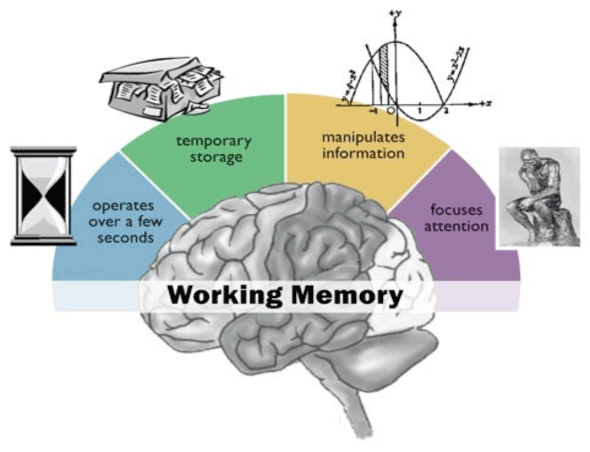
In recent years, spring has been coming earlier. Biologist Richard Primack has been observing and recording the various dates of the coming of spring. He has done this by keeping track of an assortment of factors, such as the first blooming and the bloomings of different species of flowers. He conducts his research at Walden Pond, in Concord, Massachusetts.
Primack compared his data with the data recorded by Henry David Thoreau. Thoreau did his documenting during the 1850's. The amount of time that spring has moved forward is astonishing. In only approximately 150 years spring is now coming a full 3 weeks earlier, or almost a month. Scientists have said that this is a direct result of global warming, as proven by new satellite images. It's definitely not just Massachusetts either, flowerings are coming faster all around the world.
New studies are discovering that global warming may not be the only thing affecting the faster blooms. A significant rise in CO2 (Carbon Dioxide) levels may also influence the flowers. With an increase in global CO2 plants may begin to start growing earlier, and increasingly longer. CO2 is directly needed for plants to grow; along with an abundance of water and heat. Surprisingly, this CO2 could actually be a curse for many parts of the world. The increase in the length of the growing season will actually dry out areas surrounding the vegetation, as water is taken out of the earth while the plants are growing. We don't know exactly what, but we know that global warming will drastically change many of our familiar ecosystems.
Themes of NOS:
1. Science is collaborative - many scientists from different ages have been recording the dates of first blooms.
2. Science is based on evidence - all research is based on dates.
4. Role of credibility - researchers include biologists from Harvard and Boston University.
Link: http://www.nytimes.com/2014/04/24/science/springing-forward-and-its-consequences.html?ref=science&_r=0















